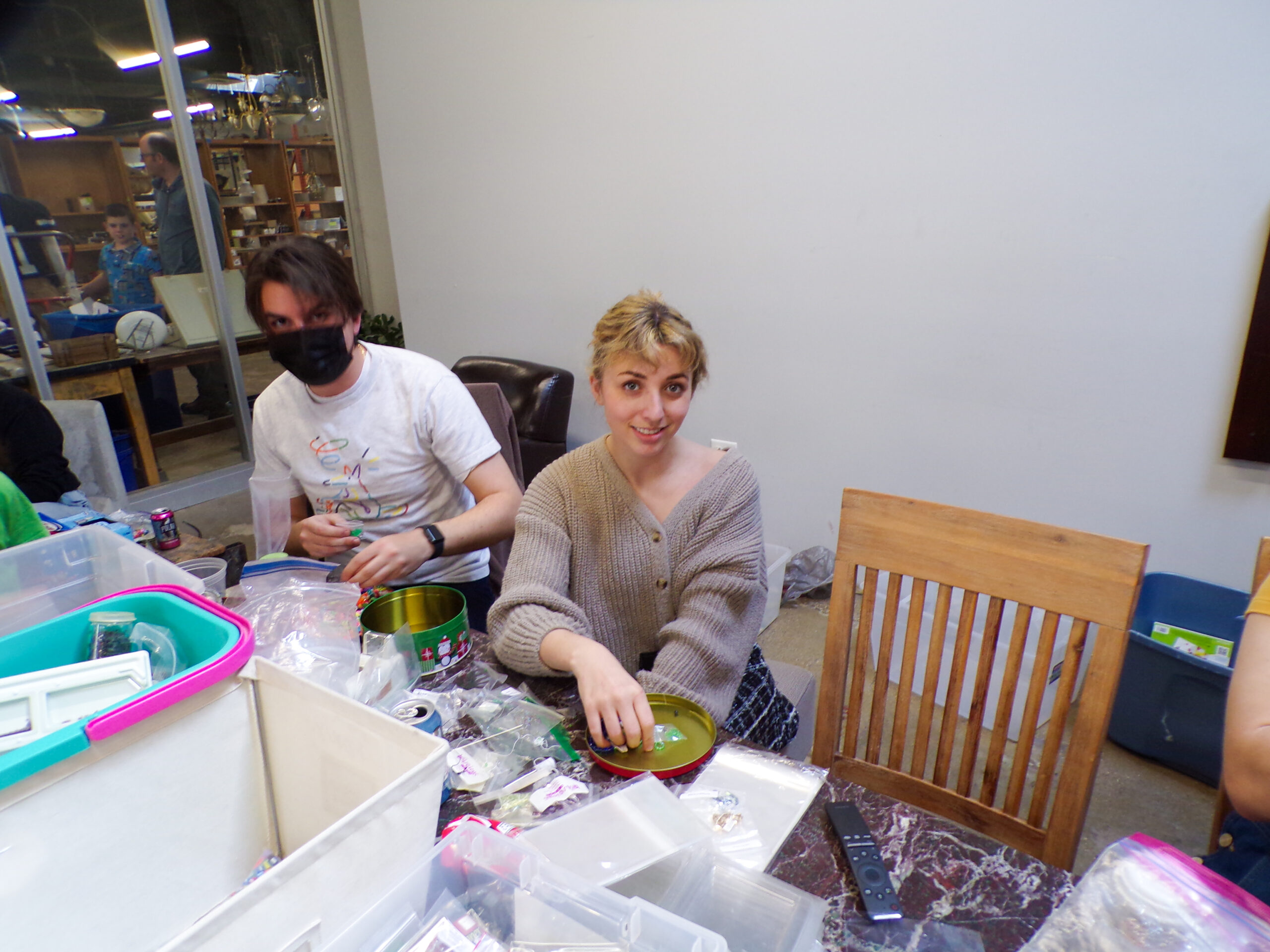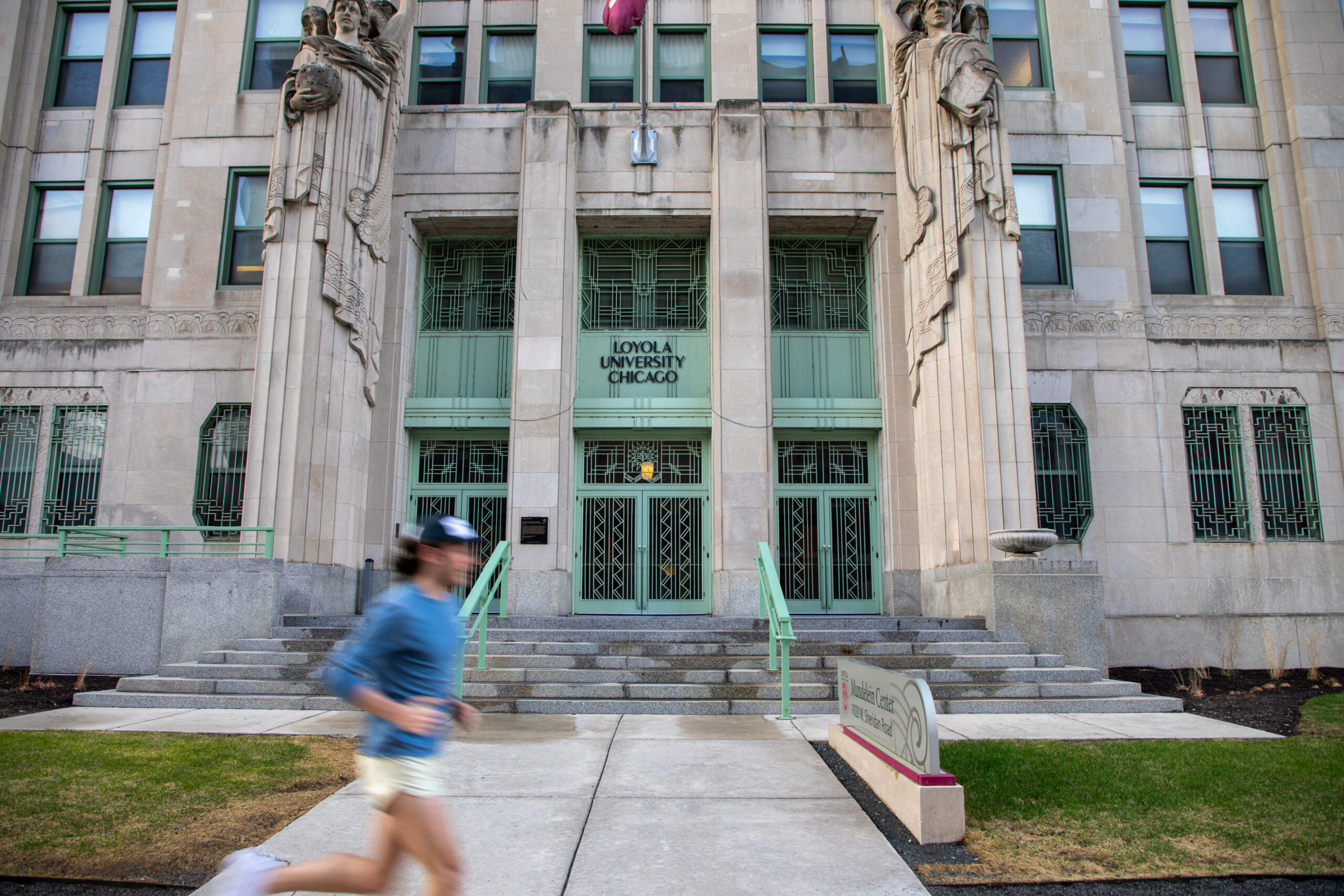The Loyola men’s basketball team finished its first season in the Atlantic 10 (A-10) with an overall record of 10-21, going 4-14 in conference play. After finishing last out of 15 teams in the regular season with a first-round exit against Saint Joseph’s University March 7 in the A-10 Championship, the Ramblers have work to do this offseason.
The Loyola men’s basketball team finished its first season in the Atlantic 10 (A-10) with an overall record of 10-21, going 4-14 in conference play. After finishing last out of 15 teams in the regular season with a first-round exit against Saint Joseph’s University March 7 in the A-10 Championship, the Ramblers have work to do this offseason.
In the 2021-22 season, Loyola Head Coach Drew Valentine led his team to the Missouri Valley Conference (MVC) Championship and a trip to the NCAA Tournament. Loyola was then ranked fourth in the A-10 preseason poll and posted a dominant 76-58 victory over Clemson University Dec. 10, which placed fourth in the Atlantic Coast Conference (ACC) — a power five conference.
Loyola also lost three-straight games during the Myrtle Beach Invitational — all by at least 16 points — and gave up a 13-point halftime lead at home to DePaul University, losing the game in overtime Dec. 3.
With nine newcomers, an undetermined starting five, and a rotation of 10-plus athletes, the expectations for the Ramblers were far from clear.
Loyola started A-10 play with a six-game losing streak, snapped Jan. 21 with a 67-55 win against St. Bonaventure University. Unfortunately for the Ramblers, they would only win four more matches in the remaining 11 games of conference play.
In what is arguably a more competitive conference than the MVC — especially in size — the Ramblers were unable to compete for rebounds against the vast majority of A-10 teams. In the Ramblers’ 18 games played, they were outrebounded in 15 games, winning the matchup once against La Salle University and drawing one time against Fordham University.
The Ramblers placed last in rebounds per game with 31, also closing out the season as the only team in the conference unable to surpass the 1,000 rebounds mark with 960. To put these numbers in perspective, the second-worst rebounding team in the league, St. Bonaventure, recorded 1,048 rebounds — 88 more than the Ramblers.
Ball-security was another one of Loyola’s struggles throughout the season. The Ramblers finished the season with the worst turnover margin in the conference at -2.84. The team with the best turnover differential was Virginia Commonwealth University with 3.12, establishing a pronounced 5.96 gap between the teams.
Furthermore, the Ramblers shot an underwhelming 69.7% from the free throw line — 11th among A-10 teams. As has been famously said in the Phoenix newsroom for years, free throws are free. The Ramblers became more aware of their weaknesses and got better in the second half of conference competition, getting closer to opponents as they lost four games by four points or less. Free throws can be difference makers in tight games like these.
Loyola finished the season fifth out of all 15 A-10 teams in field goal percentage, shooting a strong 46.2% from the floor — a positive differential of 2.1% compared to the A-10 average of 44.1%. However, the Ramblers finished 13th in total scoring, averaging 67.4 points per game.
This sheds light on the fact that, albeit being a very important stat, shooting efficiency — as every other performance metric — is dependent on all other sectors of the game. Loyola’s lack of rebounding and high turnover rate resulted in a staggering, but not so surprising, low quantity of attempted shots.
The Ramblers attempted a mere 1,638 shots in 31 games all season. The second-lowest shot-attempting team was the University of Rhode Island, which played the same number of games Loyola did and still managed to shoot 1,765. The highest rebounding team, the University of Massachusetts, had 1,868 shot attempts through 31 games as well. Despite shooting the second-worst field goal percentage in the conference, they finished four spots above Loyola in total scoring.
The departure of Loyola graduates center Bryce Golden and forward Jeameril Wilson, plus the loss of former Loyola forward Saint Thomas and center Jacob Hutson to the transfer portal opens four additional roster spots for next year. If Loyola can make a splash this offseason by adding size to the team while working on rebounding and ball security, their shot efficiency can be a major threat for all teams in the A-10.












